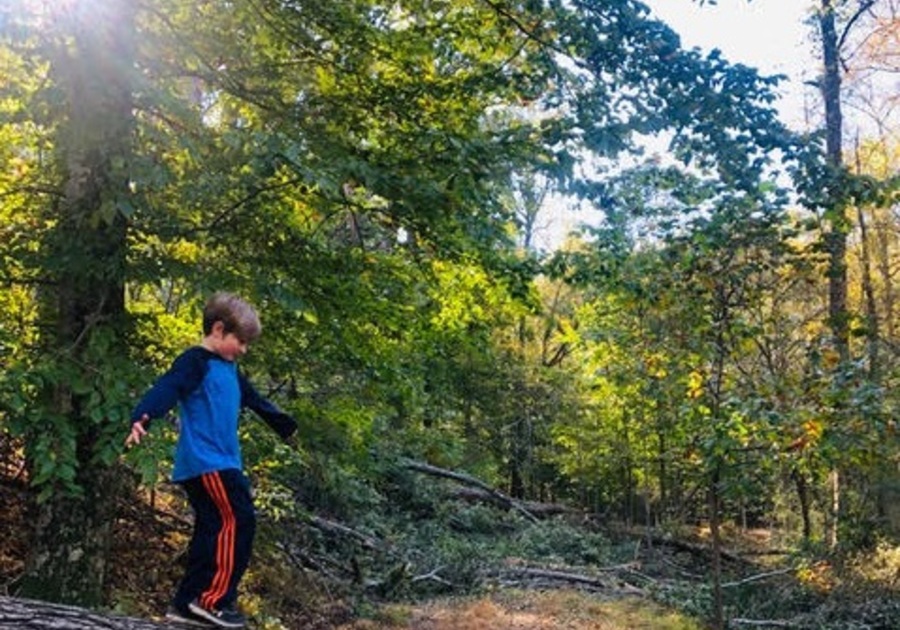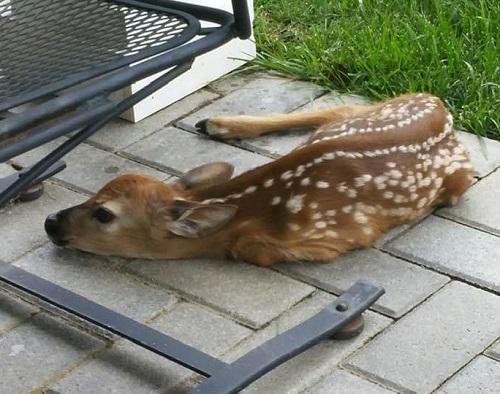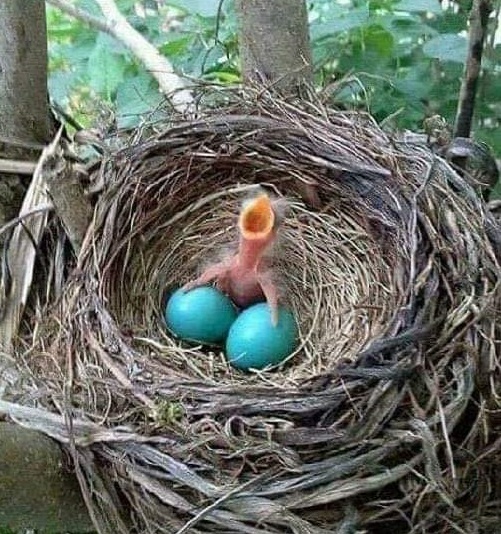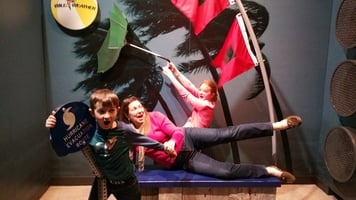It's that time of year... lots and lots of animals are on the move, including their babies! And so are people, which means human/wildlife encounters will be more frequent.
It can be fun to see baby animals, but sometimes they are all alone and you might be worried that they need help! But do they?
Do All Animals Need Help? |
Turns out that sometimes a baby animal might look like it's alone and in need of help, but many times that is not true and the good intentions of humans can cause trouble for the animals. As the DNR says it, "Remember: A young wild animal's best chance for survival is with its mother!" Stress from contact with humans, being fed the wrong food, and learning non-natural behavior can all be dangerous for the animal.
But how can we be sure if the animal needs our help or not? Below is a summary of some of the most commonly-discovered baby animals. To keep you and Georgia wildlife safe, enjoy watching wildlife from a safe distance. Touching wildlife can result in injury to yourself and possibly the need to euthanize the animal for rabies testing. In most cases, the best thing you can do for wildlife is to leave it alone. It is illegal to care for sick, injured, or orphaned wildlife in Georgia unless you have a permit from the Georgia Department of Natural Resources.
For more information about hurt or orphaned animals, visit their website HERE for more information.
Frequently-Encountered Animals |
FAWNS:
Deer often leave their newborns in yards, under azaleas or in gardens. Because the mom is nowhere to be seen, some people think the fawn is in peril and call animal control. Actually the mom leaves her fawn near humans for protection. She leaves during the day to feed and to keep her scent away from the fawn. The fawns have no scent and predators cannot find them unless humans interfere. The fawn will usually nap all day and mom will return around dusk. If you are fortunate enough to have the gift of a fawn, please enjoy the experience, do not touch it and let mom do what comes naturally. She will move the fawn daily so you might see it in several locations.
BIRDS:
Newly hatched songbirds, called nestlings, do not have feathers and stay in their nest for a couple weeks, completely dependent on their parents. However, when their feathers begin to develop, they are called fledglings and they leave the nest, hopping on the ground and making practice flights and learning to forage for food.
If you find a nestling, you can place it back in its nest. If the nest has been destroyed, you can make an artificial nest with a clean plastic container filled with a thick layer of dried grass and with drain holes. Secure it as close as possible to the original nest so the parents can find it.
If you find a fledgling, keep cats, dogs, and humans away and watch for the parents to return to check on it. They might just stop briefly to put food in its mouth, but they are taking care of it.
BUNNIES:
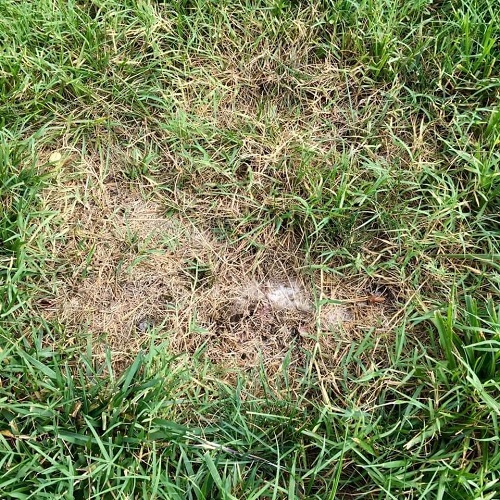 | 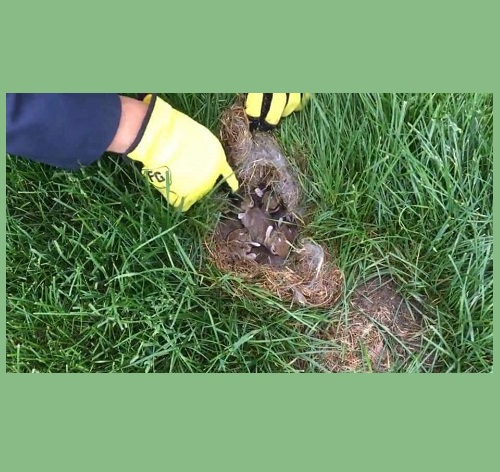 | 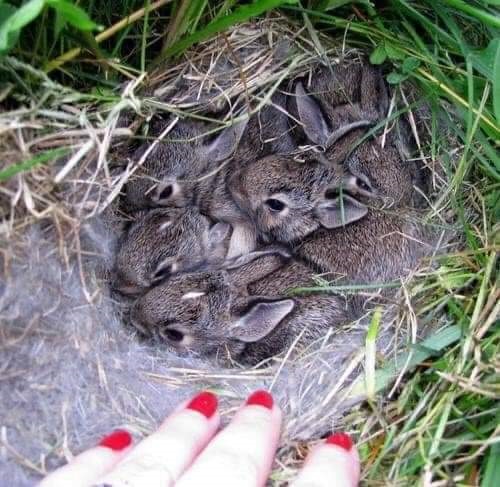 |
Check your yard for bunny nests prior to mowing. Cottontail nests are shallow and are sometimes in a strange location, like the middle of a yard or in a garden. These nests tend to look like patches of dead grass in your yard. Underneath these patches will be the babies, covered up to protect them.
The mother doesn't stay around the nest in order to avoid attracting predators, but she visits to feed the babies twice a day. They often have multiple litters, so you might find babies from spring through fall.
If you find a baby cottontail that is the size of a softball, with eyes open and ears upright, leave it alone as it is old enough to be on its own.
If a nest with younger babies is disturbed by pets, kids, or your own yardwork, rebuild the nest, place the kits back in it and leave it alone until the next morning so the mother will return. Place some grass on top in a crisscross pattern so you can see if the mother has been there. If the grass has been disturbed, continue to avoid the nest to keep it safe from predators.
OPOSSUMS:
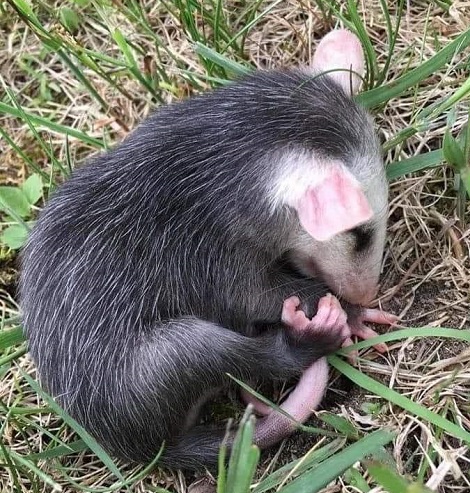
Many orphans can be left a few hours to see if mom comes back... NOT OPOSSUMS! If you see a baby, quickly get it into a little box or pet carrier with a blanket. Keep it warm and call a wildlife rescue immediately. Mama opossum can have up to 13 babies. As they grow, they don't all fit in her pouch so they ride on her back. If something startles her and she runs, one can easily fall off. Mama doesn't know she's lost one so please never leave it thinking that the mama will come back.
TURTLES:
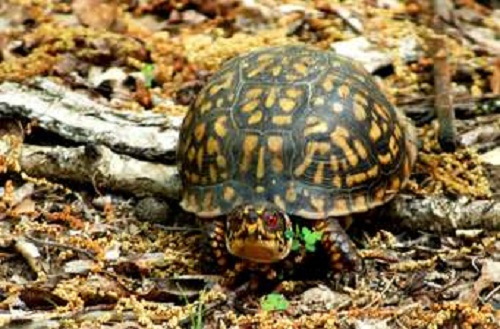
May through July are nesting season for turtles. They lay their eggs on land, usually in a nest they dig themselves. They bury the eggs and leave them to hatch on their own. Baby turtles are completely independent and self-sufficient.
If you find a turtle on the roadway, during nesting season it is likely trying to cross to lay its eggs. If it is safe for yourself and others, you can help the turtle cross, but do not attempt to stop traffic. Snapping turtles have long necks and bite hard, so use a shovel or board to scoop it up to carry it or use a stick or long handle to push it across the road in the direction it was travelling. Turning it around will probably mean it will make another attempt to cross and turtles have a home range so they should not be relocated. Let the turtle go where it wants to go.
What to do if an Animal Really Needs Help? |
Contact a licensed wildlife rehabilitator before assuming a wild animal needs help. Some reasons to call a wildlife rehabilitator include if the parent is dead or no longer in the area, it has been attacked by a predator, is bleeding or injured, is emaciated, weak, cold, or soaking wet, has diarrhea, there are flies, fly eggs, maggots, many ticks, lice, or fleas on it, or it is in a dangerous location.
- Visit https://gadnrle.org/special-permits#rehabilitation for an up-to-date list of wildlife rehabilitators by county
- Report marine animal strandings
- Report a banded bird: 1-800-327-BAND (2263)
Also remember that some animals are protected under state and federal law, so it may be illegal to remove an animal from the wild or be in possession of it. Check the rules for the specific animal if you need to care for it while you transfer it to a licensed wildlife rehabilitator or veterinarian.
Other Ways to Help Animals |
Even though most baby animals don't need our help, there are some things we can do that help all animals, like cleaning up trash, taking great care to eliminate and not to spread invasive species (plants and animals), and being sure to leave no trace of our visits!
Remember, the outside is their home and we are just visitors there!



To stay in the KNOW - Sign up for our FREE weekly newsletter HERE!
Receive information about family-friendly events in/around Duluth, Norcross, Suwanee, Johns Creek, Peachtree Corners & beyond.
Have an event you'd like submitted to our calendar for consideration? Submit an event HERE.
Want to tell over 10,000 families in this area about your business?
Email beckys@macaronikid.com for advertising information.
Tell a friend about DNJC MK! More subscribers help us get more fun Giveaways from our sponsors for your family!
Don't forget to be social with us on Facebook, Twitter & Instagram.

